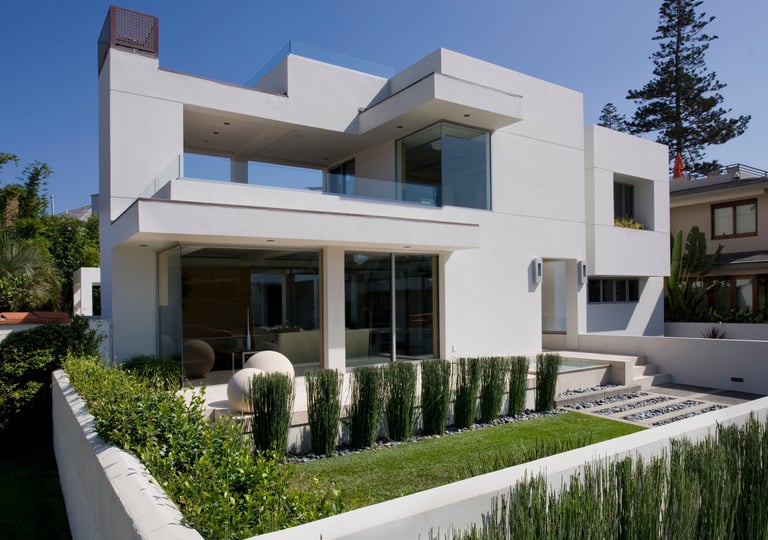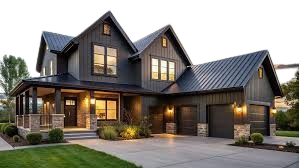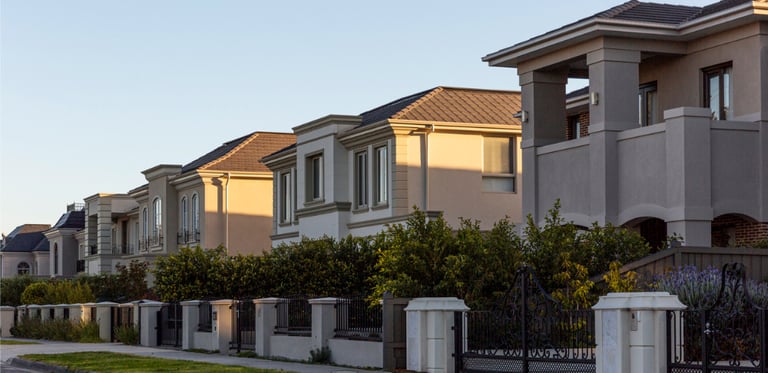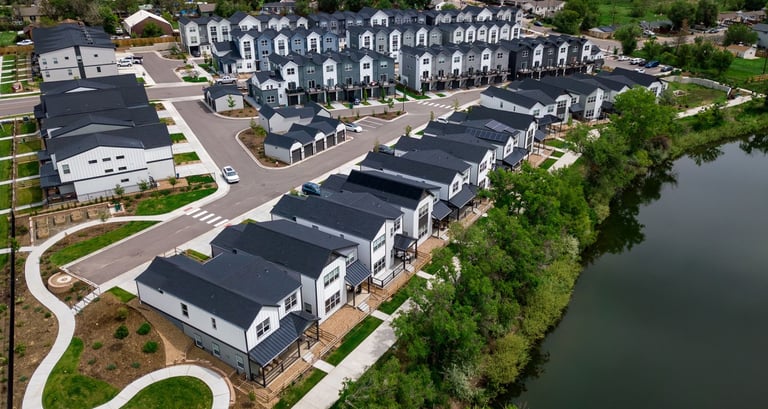R1 Zone in Hyderabad
R1 Zone in Hyderabad: Understanding Its Significance and Impact on Urban Development
flixahdevelopers pvt ltd
3/20/20254 min read
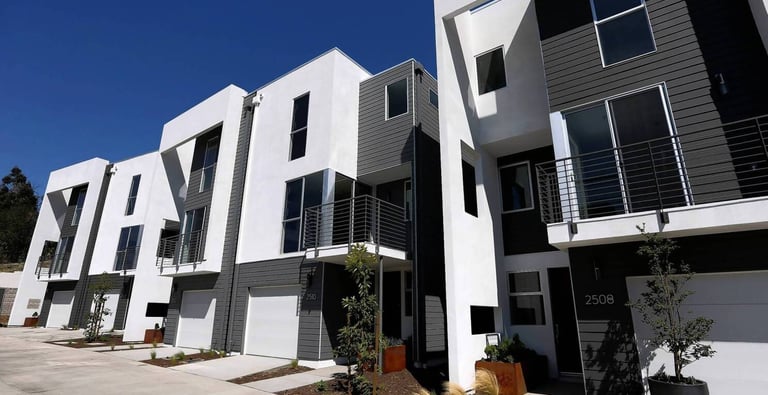

R1 Zone Hyderabad
R1 Zone in Hyderabad: Understanding Its Significance and Impact on Urban Development
Introduction
Urban planning plays a crucial role in the sustainable growth of a city, ensuring a balanced distribution of residential, commercial, and industrial areas. In Hyderabad, the classification of land into different zones determines the nature of development permitted in specific areas. Among these, the R1 Zone is a significant classification that primarily focuses on residential developments. This article delves into the definition, significance, regulatory framework, and future prospects of the R1 Zone in Hyderabad.
What is the R1 Zone in Hyderabad?
The R1 Zone (Residential Zone 1) is a designated land use category in Hyderabad’s master plan that primarily permits low-density residential developments. This zoning classification is part of the broader regulatory framework implemented by the Hyderabad Metropolitan Development Authority (HMDA) to ensure planned urban expansion.
Key Features of the R1 Zone:
Low-Density Residential Development – The R1 Zone is designated for independent houses, villas, and apartment complexes with limited height restrictions.
Restrictions on Commercial Activities – Unlike commercial or mixed-use zones, large-scale commercial developments are not permitted in R1 areas.
Permissible Infrastructure – Basic amenities such as schools, parks, healthcare centers, and neighborhood shops are allowed to support residential communities.
Environmental Sustainability – Open spaces and green zones are often maintained to enhance the quality of life.
Regulated Construction Norms – The Floor Space Index (FSI) and building height are restricted to maintain the zone's residential character.
Significance of the R1 Zone in Hyderabad
The R1 Zone holds substantial importance in shaping Hyderabad’s urban landscape. Here are some of the key reasons why this zoning classification is crucial:
1. Ensuring Organized Urban Growth
The R1 Zone prevents unplanned urban sprawl by guiding residential developments in a systematic manner. By regulating land use, the government ensures that cities expand in a sustainable way without overcrowding or excessive commercialization.
2. Preserving the Residential Character of Neighborhoods
One of the primary objectives of R1 zoning is to maintain a peaceful living environment. By restricting commercial and industrial activities, the zone ensures that residential areas remain free from excessive traffic congestion, noise pollution, and environmental degradation.
3. Enhancing Property Values
Properties in R1 Zones typically experience stable appreciation in value due to the regulated environment and limited commercial encroachments. This makes the R1 Zone an attractive option for homebuyers and investors looking for long-term gains.
4. Promoting Green and Open Spaces
By mandating open spaces, parks, and tree-lined streets, R1 Zones contribute to a healthier urban ecosystem. Residents benefit from better air quality, reduced heat islands, and improved aesthetic appeal.
5. Reducing Traffic and Pollution
Since high-density commercial establishments are restricted in the R1 Zone, traffic congestion is significantly lower compared to mixed-use or commercial zones. This contributes to a cleaner and less polluted environment, making it ideal for family living.
Development Regulations in the R1 Zone
The Hyderabad Metropolitan Development Authority (HMDA) and the Greater Hyderabad Municipal Corporation (GHMC) have set specific regulations for development in the R1 Zone:
1. Building Height and FSI Regulations
The Floor Space Index (FSI) is typically lower in the R1 Zone compared to commercial or high-rise zones.
Building height restrictions ensure that high-rises do not overshadow independent homes or low-rise apartments.
2. Land Use and Permissible Activities
Residential structures like villas, independent houses, and low-rise apartment buildings are allowed.
Small neighborhood shops, schools, and healthcare centers can be established within prescribed limits.
Commercial activities, warehouses, and heavy industries are strictly prohibited.
3. Setback and Open Space Requirements
Adequate setbacks are required to ensure ventilation, privacy, and aesthetic appeal.
A percentage of land in residential developments must be allocated for parks and public spaces.
4. Parking and Road Infrastructure
Developers must adhere to parking space regulations to avoid congestion.
Wider internal roads and pedestrian pathways are recommended to enhance connectivity within residential communities.
Challenges and Concerns Related to the R1 Zone
While the R1 Zone offers several benefits, it also faces certain challenges:
1. Limited Commercial Growth Opportunities
Since commercial activities are restricted, some residents may find it inconvenient to travel to other areas for shopping, entertainment, or employment.
2. Rising Property Costs
Due to high demand and limited land availability, property prices in R1 Zones tend to rise, making affordability a concern for middle-income groups.
3. Pressure on Infrastructure Development
As more people move to R1 Zones, the need for better roads, drainage, and public transport increases. Authorities must ensure timely infrastructure development to meet the growing demand.
4. Encroachments and Unauthorized Constructions
Despite regulations, some developers and businesses may attempt to set up unauthorized commercial establishments in R1 Zones, disrupting the planned urban layout.
Future Prospects of the R1 Zone in Hyderabad
As Hyderabad continues to expand, the relevance of the R1 Zone will only grow. Future urban planning must address key aspects to enhance the benefits of this zone:
1. Smart Infrastructure Development
Incorporating smart city initiatives, such as better road connectivity, public transport, and digital governance, will improve livability in R1 Zones.
2. Sustainable Urban Planning
Future policies should focus on eco-friendly development, including more green spaces, rainwater harvesting, and renewable energy integration.
3. Balanced Mixed-Use Policies
To enhance convenience without compromising residential tranquility, authorities can consider limited mixed-use development with well-defined commercial pockets.
4. Affordable Housing Initiatives
Government schemes promoting affordable housing in R1 Zones can help maintain social diversity and inclusivity in urban development.
Conclusion
The R1 Zone in Hyderabad plays a vital role in fostering organized urban growth, maintaining residential integrity, and enhancing environmental sustainability. While challenges exist, effective governance, infrastructure planning, and sustainable development policies can help maximize the benefits of this zoning classification. As Hyderabad continues to expand, the importance of well-planned residential zones like R1 will remain integral to shaping the city's future.
for more info on real estate investment please log in to our website flixahdeveloperspvtltd.com
and follow us on
reach us @ 9129992994
